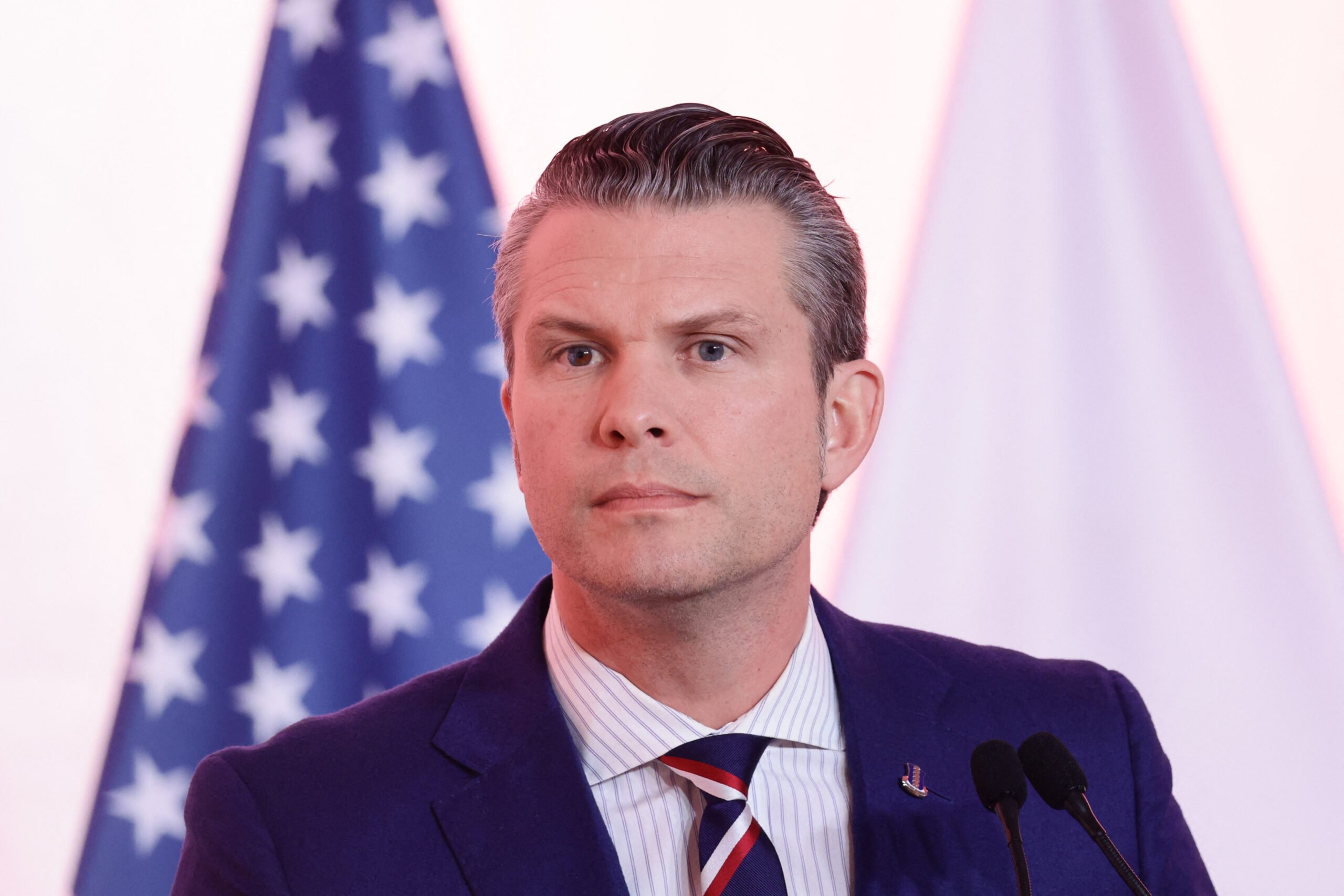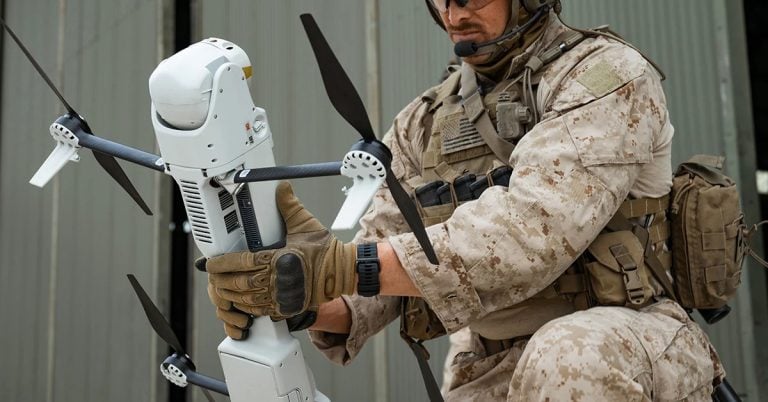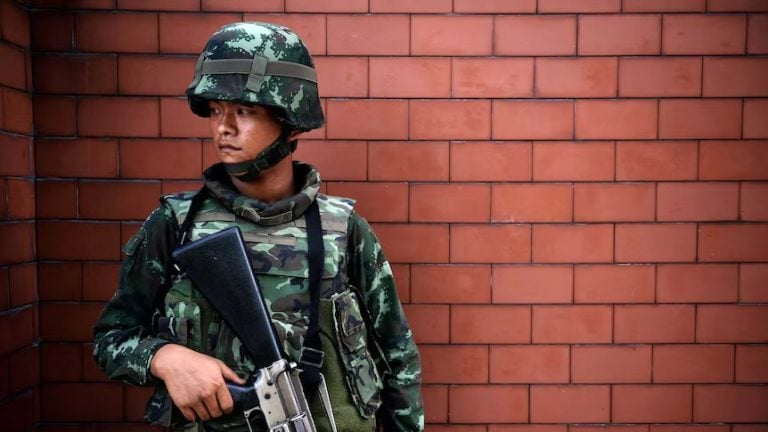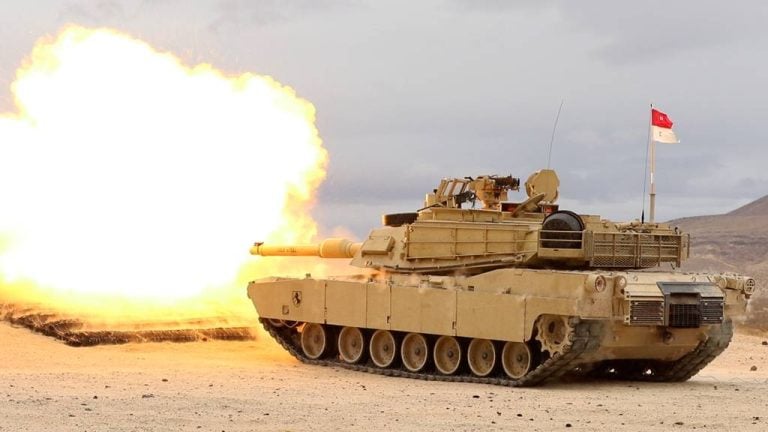In a significant reshaping of military leadership, Pentagon chief Pete Hegseth issued a directive on Monday mandating a minimum 20 percent reduction in the number of active-duty four-star generals and admirals within the U.S. military. This policy shift comes amid a broader push under the Trump administration, which has already seen the dismissal of numerous senior military officers this year.
The memo from the defense secretary also called for an additional 10 percent reduction in the overall number of general and flag officers, alongside a 20 percent cut specifically targeting general officers in the National Guard. However, the memo did not outline the specifics of how these reductions would be implemented.
As of March 2025, the U.S. military had 38 four-star officers—representing the highest achievable military rank—and a combined total of 817 generals and admirals in active service. The cuts are intended to eliminate “redundant force structure” and optimize military leadership, streamlining the command structure by reducing what Hegseth characterized as excess general and flag officer positions.
In a video shared on the social media platform X, Hegseth labeled the initiative “less generals, more GIs,” emphasizing that historically, even during larger military operations like World War II, the number of top-ranking officers was lower. He stated that the reduction would be executed in two phases, initially addressing four-star officers and National Guard generals, followed by a 10 percent reduction of all generals and admirals.
Hegseth assured that this process is not a punitive measure aimed at high-ranking officers, but rather a carefully considered effort developed in collaboration with the Joint Chiefs of Staff to enhance strategic readiness and operational efficiency. He described the initiative as part of a broader examination of the Pentagon’s bureaucratic structure, claiming it is “top-heavy” and in need of reform.
The recent cuts in military leadership follow a noticeable purge of high-ranking officers since Trump began his second term in January, including the unexpected dismissal of General Charles “CQ” Brown, the chairman of the Joint Chiefs of Staff, in February. Additional dismissals have included the leaders of the Navy and Coast Guard, the head of the National Security Agency, the vice chief of staff of the Air Force, and several other senior military officials.
While Hegseth contends that the president is simply selecting leaders aligned with his vision, Democratic lawmakers have voiced concerns about the potential for politicizing the traditionally apolitical U.S. military.
In parallel with these leadership changes, the Pentagon announced plans in February to reduce its civilian workforce by at least 5 percent, aligning with the administration’s broader strategy to cut federal payroll expenses in the name of cost-efficiency.















